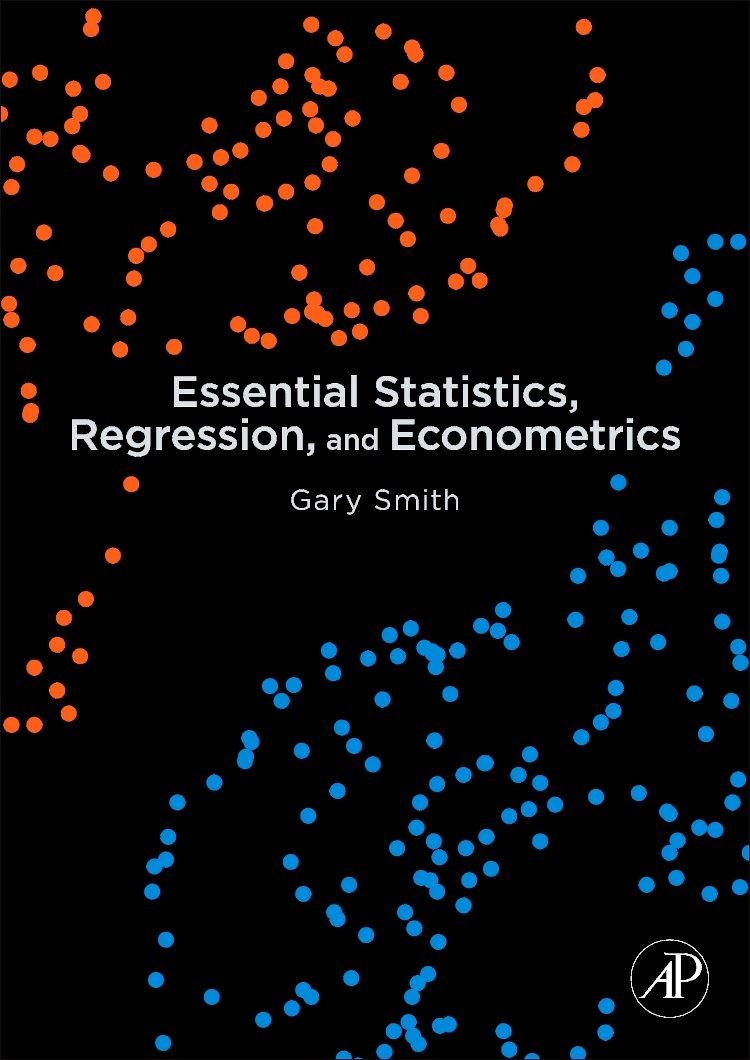Galileo wrote a short note on the probability of obtaining a sum of 9, 10, 11, or
Question:
Galileo wrote a short note on the probability of obtaining a sum of 9, 10, 11, or 12 when three dice are rolled [30]. Someone else had concluded that these numbers are equally likely, because there are six ways to roll a 9 (1-4-4, 1-3-5, 1-2-6, 2-3-4, 2-2-5, or 3-3-3), six ways to roll a 10 (1-4-5, 1-3-6, 2-4-4, 2-3-5, 2-2-6, or 3-3-4), six ways to roll an 11 (1-5-5, 1-4-6, 2-4-5, 2-3-6, 3-4-4, or 3-3-5), and six ways to roll a 12 (1-5-6, 2-4-6, 2-5-5, 3-4-5, 3-3-6, or 4-4-4). Yet Galileo observed
“from long observation, gamblers consider 10 and 11 to be more likely than 9 or 12.” How do you think Galileo resolved this conflict between theory and observation?
Fantastic news! We've Found the answer you've been seeking!
Step by Step Answer:
Related Book For 

Essential Statistics Regression And Econometrics
ISBN: 9780123822215
1st Edition
Authors: Gary Smith
Question Posted:





